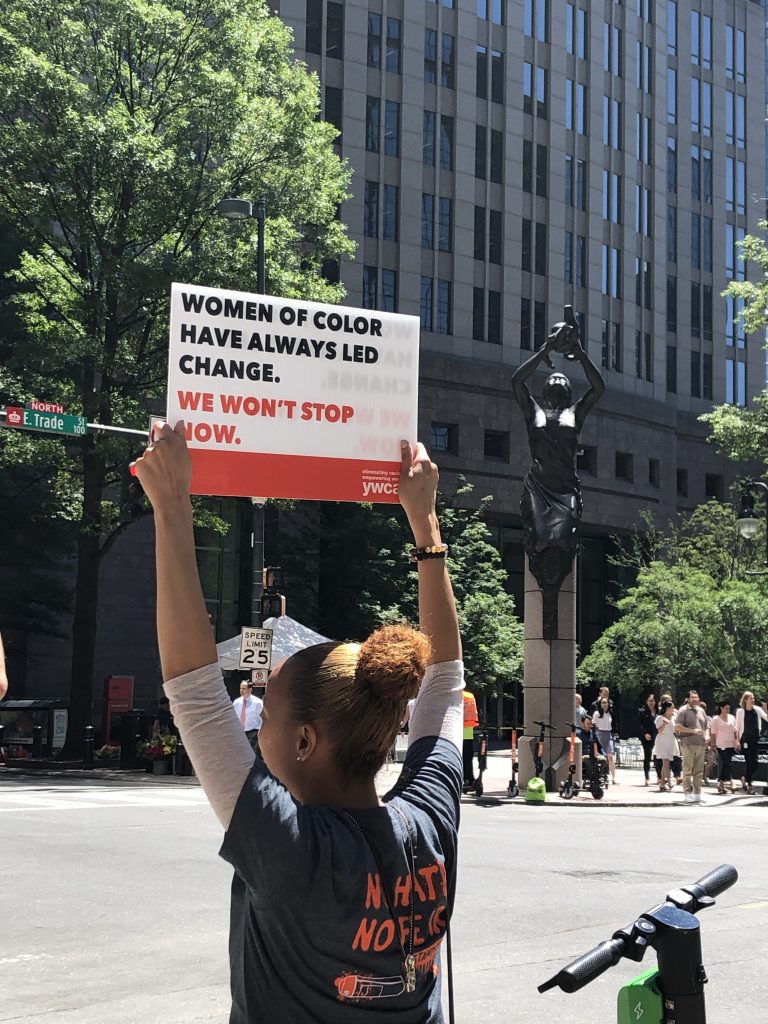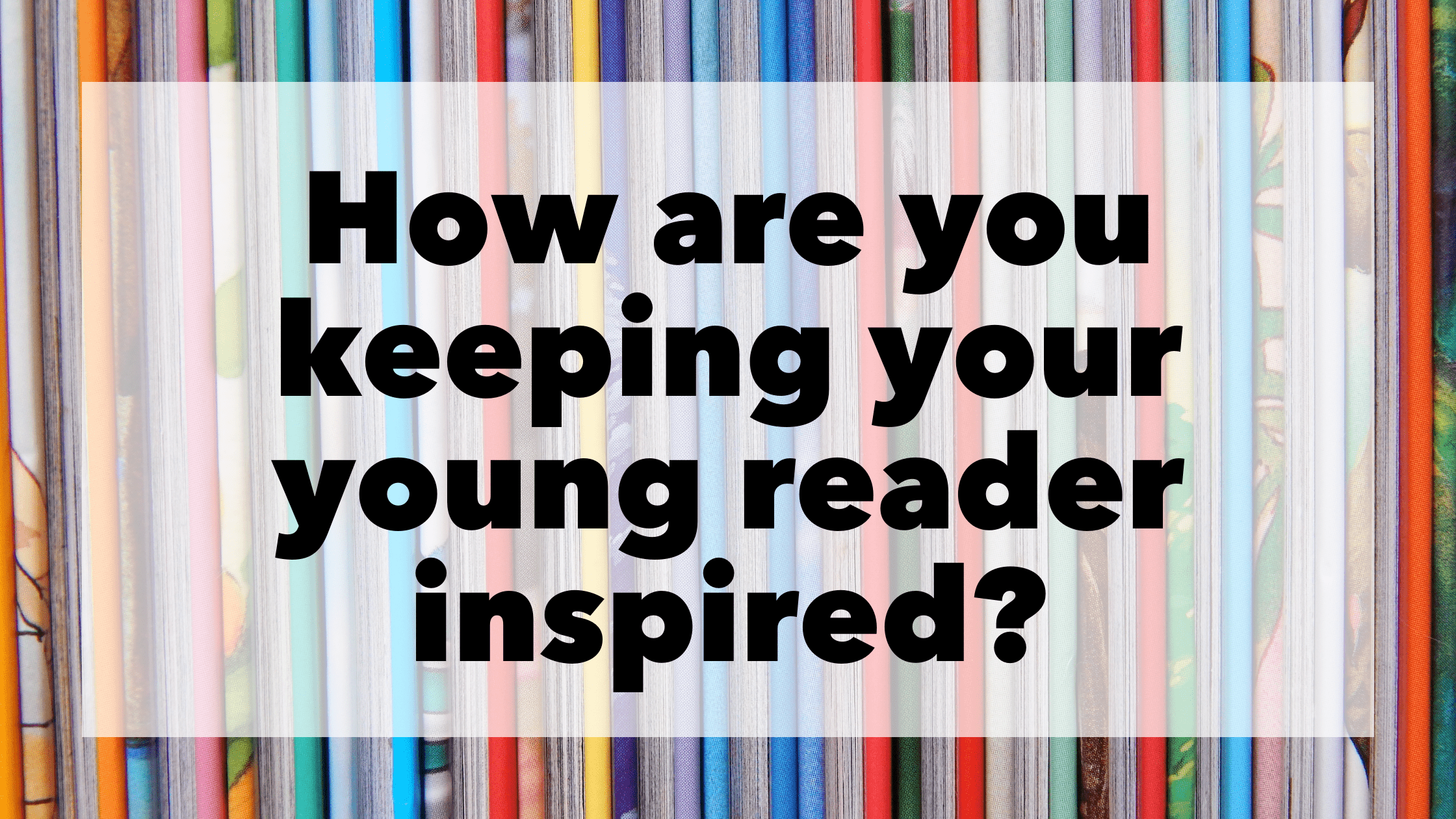Students and young people have a long history of activism in this country, pushing for change to define our future culture. As children learn concepts such as fairness and democracy, invite them to continue the tradition of advocacy in their communities.
While activism may feel like a scary or large undertaking, it’s more about defining a culture of behavior and taking steps to realize the vision of an overarching goal. By engaging in this work at the school level and at home, students will feel empowered to advocate for change far beyond the classroom.
As children begin to explore issues they are passionate about, be sure to:
- Create space for conversation
- Listen to children—they already know so much
- Use books to facilitate the conversation
- Center empathy as you create a safe space
- Invite children to brainstorm some next steps to address issues

Climate Activisim
Climate change has been a long-standing topic of concern, with young people picking up the mantle of generations before them. As the crisis continues to escalate, young activists have pushed to create a multi-generational coalition advocating for individual behavior and systemic policy change. For those wishing to join the cause, children’s books are a powerful tool to raise awareness and share stories about youth participation.
However you and your children choose to get involved, cultivating environmental awareness through knowledge and conscious action will be vital to create transformative change in the near future. Below are four titles that nurture respect for nature and encourage children to organize — from promoting sustainable practices in their schools to forming clubs, and so much more!
- Yasmin the Recycler by Saadia Faruqi, illustrated by Hatem Aly
- Rocket Says Clean Up! by Nathan Bryon, illustrated by Dapo Adeola
- The Berenstain Bears Don’t Pollute (Anymore) by Stan and Jan Berenstain
- Climate Action: What Happened and What We Can Do by Seymour Simon
Anti-Bullying
A perennial topic in children’s literature, bullying continues to be relevant in the 21st century as interpersonal interactions continue after school through technology and social media. Approaching this issue in the classroom and home means creating a safe space for children to engage in conversation.
Using books from my list below as a launching point, ask your child to share their thoughts or experiences with bullying. To extend this dialogue beyond a lesson in empathy to anti-bullying action, challenge your child to brainstorm steps they can take to create a culture of care and accountability in their school or community.
Check out these titles to start the conversation:
- Chrysanthemum by Kevin Henkes
- Super Manny Stands Up! by Kelly DiPucchio, illustrated by Stephanie Graegin
- Each Kindness by Jacqueline Woodson, illustrated by E.B. Lewis
- Auggie & Me: Three Wonder Stories by R.J. Palacio
Social Justice
For a generation growing up in a time where inequity and injustice are visibly prominent, creating an inclusive environment will be a goal many young activists strive to achieve. Empower your child by embracing literature that recognizes diversity and fights against gendered assumptions.
Incorporating social justice in your home discussions andclassroom instruction means introducing relevant text that features people of different backgrounds, acknowledges past (and contemporary) bias and discrimination, and celebrates the contributions of marginalized communities.
- Bilal Cooks Daal by Aisha Saeed, illustrated by Anoosha Syed
- What Color is My World?: the Lost History of African American Inventors by Kareem Abdul-Jabbar and Raymond Obstfeld, illustrated by Ben Boos and A.G. Ford
- Me and the Sky: Captain Beverly Bass, Pioneering Pilot by Beverly Bass and Cynthia Williams, illustrated by Joanie Stone
- My Name is Maria Isabel by Alma Flor Ada
- They Called Us Enemy by George Takei, Justin Eisinger, and Steve Scott, illustrated by Harmony Becker






